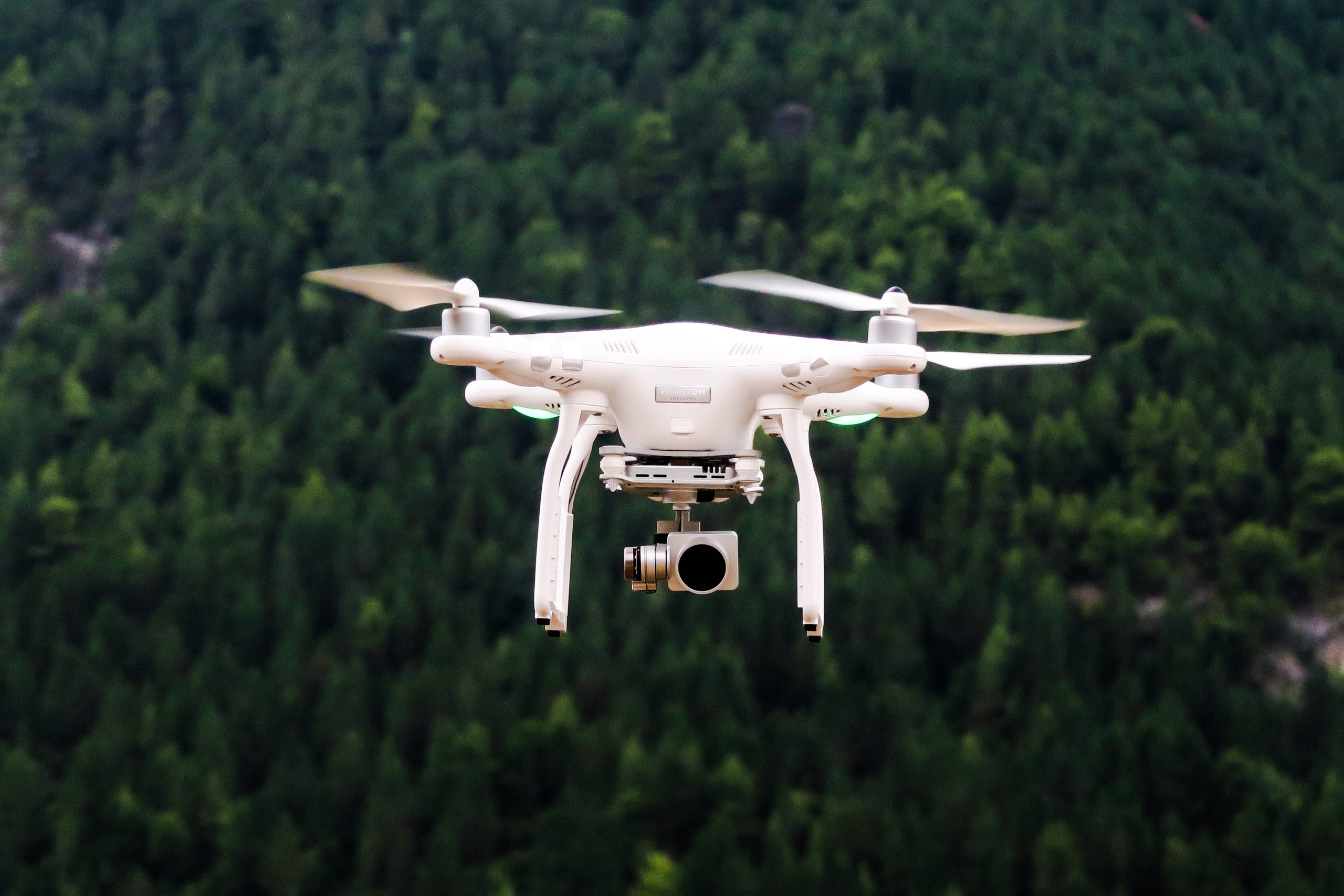AI Helps Place Drones in Remote Areas for Faster Emergency Response

The rise of food delivery apps has brought about a major revolution in the food industry. Today, people no longer need to physically visit a restaurant to enjoy their favorite meals. With just a few taps on their phones, they can order food and have it delivered right to their doorstep. With such a growing trend, it’s important for food delivery apps to understand their customers, analyze their behavior, and determine their preferences. This is where big data analytics comes in to play – it helps food delivery apps gain insights into their customers and make better business decisions. Hence, food delivery apps are now incorporating data analytics and data science into their strategy to increase efficiency, productivity and provide better customer service. In this post, we will discuss how food delivery apps benefit from big data analytics and how it can revolutionize the industry.
1. Personalizing Customer Experience
With the help of data analytics, food delivery apps can collect and track customer’s previous orders, their preferences, and their feedback. They can predict the order that a customer might want, allowing them to provide customized and personalized recommendations. This makes the customer feel valued, and the chances of them becoming a repeat customer increase substantially. Data analytics can also help apps to provide better experiences, like recommending dishes based on the weather or providing exclusive deals to loyal customers.
2. Predicting Food Demand
Big data analytics allow food delivery apps to track what is trending, popular, and what is not. This helps them predict the demand for certain takeout dishes, allowing them to decrease their delivery time by preparing more of what is in demand and less of what isn’t. Data analytics can also track customer purchasing behavior by keeping tabs on what a customer orders, how much they order, and when they order. This data can help the apps strategically plan supply chain, and staffing, ensuring they are prepared to meet demand.
3. Marketing Strategies
Data analytics can help food delivery apps create targeted marketing campaigns, allowing them to reach the right customer at the right time with the right product. It can help companies to identify patterns gleaned from the analysis of social media activities and customer feedback. This data can then be used to design marketing materials with relative ease, without needing to spend extra money on market research. Some food delivery companies also use machine learning to analyze the way customers interact with campaigns, allowing them to improve for the next time.
4. Efficient Delivery
Big data analytics can also help delivery drivers by providing them with tools to make their deliveries more efficient. For example, finding the fastest and the most fuel-efficient route to a consumer’s location or providing suggestions as to where to park. Data analytics can also determine which orders might come from a location that is out of their area, so they can choose to turn down the order or accept it and have it delivered by someone closer. This approach saves time and fuel, increases customer satisfaction, and enables companies to have a more optimized delivery plan.
5. Improving Quality of Service
Customer service is an essential aspect of food delivery apps, and with big data analytics, companies can now measure their performance and customer satisfaction across time with promotions and deals, rating, and reviews. With this data, they can analyze customer behavior and feedback, allowing them to better respond to customer needs and requests. This approach can also help to identify issues that need to be solved, such as delivery delays or issues with one restaurant chain in particular.
Data analytics is transforming the food delivery industry. It enables companies to personalize customer experiences, increase efficiency, productivity, and efficacy, create better marketing strategies, and improve the overall quality of service, allowing them to stay ahead of the competition. As data analytics continues to develop and become more accessible, we can expect to see more innovation in the food delivery apps space. Companies that can navigate big data and take the time to analyze it will be the ones that enjoy success both in the short and long term. So, the next time you use a food delivery app, take a second to realize the amount of work and data analytics that goes into making your experience faster, personalized, and enjoyable.

